Did you realise that most of the hawker food that we are familiar with are less than a century old? It’s true! A few of our most famous heritage stalls can trace their roots back to around the early 1900’s. That makes it about 3 or 4 generations from then till now. There are a few very famous names which have span 3 or 4 generations and inevitably they would have created some sibling rivalry along the way. Names like Beach Road Prawn Noodle and Rochor Bean Curd immediately come to mind.
Then of course there is the famous Hock Lam Beef Kway Teow which is the subject of our discussion today. Yes, the man who made famous the Teochew style Beef Kway Teow bestowed the business to his 4th son, Anthony because he did not do so well in school. But later on the youngest son also wanted a piece of the “Hock Lam” name. So the only legitimate owner of the Hock Lam franchise is the one at China St whereas the “Popular” Hock Lam Beef Kway Teow at Purvis street is considered the illegitimate one though both are brothers and thus share in the family recipe.
But that is not all, the patriarch, Mr Tan Chin Sia also had a daughter who also decided to go into the Beef Kway Teow business, but she started selling it at Empress Place and called hers Empress Place Beef Kway Teow instead. It did very well, but unfortunately had to close down during the MadCow epidemic in the late eighties. Fortunately for us, the Brand was resurrected again in few years ago when her son decided to bring back the familiar Beef Kway Teow that he used to eat at his grandfather’s stall.
So much for that little bit of Beef Kway Teow history, back to a more tasty subject.
Have you ever wondered why Beef Kway Teow is called Kway Teow even though most of the time you eat it with thick bee hoon? Well, there are really two types of Beef K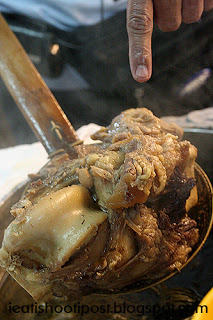 way Teow in the market, the Hainanese style and the Teochew Style. The familiar one with the thick bee hoon and thick sticky gravy is in fact Hainanese style. According to David, there are very few stalls apart from his that sells true blue Teochew style beef kway teow. True Teochew beef kway teow is never served with thick bee hoon and there is never any thick gravy. David said that his Grandfather will turn in his grave if he realised what had happened to his Hock Lam St beef kway teow.
way Teow in the market, the Hainanese style and the Teochew Style. The familiar one with the thick bee hoon and thick sticky gravy is in fact Hainanese style. According to David, there are very few stalls apart from his that sells true blue Teochew style beef kway teow. True Teochew beef kway teow is never served with thick bee hoon and there is never any thick gravy. David said that his Grandfather will turn in his grave if he realised what had happened to his Hock Lam St beef kway teow.
Instead, Teochew style beef kway teow uses normal kway teow and the dry version is served with just a dash of sesame oil, soy sauce and chilli. Now I was skeptical at first, but with my first mouthful of the kway teow, I realised what I have been missing. The kway teow was indeed very fragrant and the slices of beef were cooked medium and were very tender. Unexpectedly good! My favourite was the cooked beef and the tendons which were very “pang” and had an uncomplicated beefy flavour. The soup was also sweet and robust which David attributes to having the bones simmer in the soup for over 2 days. 4.5/5
Conclusion
I tend to believe that Teochew beef kway teow was originally served this way because of the fact that kway teow is used and also that the Teochews in general prefer most of their food to be “cheng” (not heavy). So the sticky gravy I think is more likely to be Hainanese in origin. Any food historians amongst our readers who can shed more light on this?



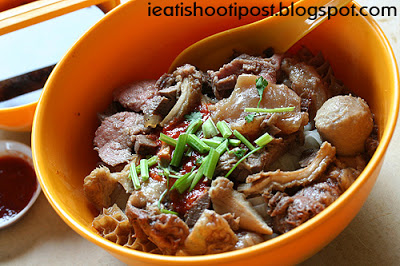
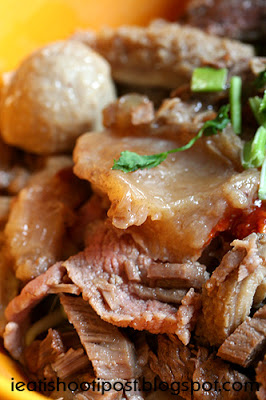
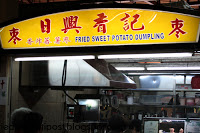


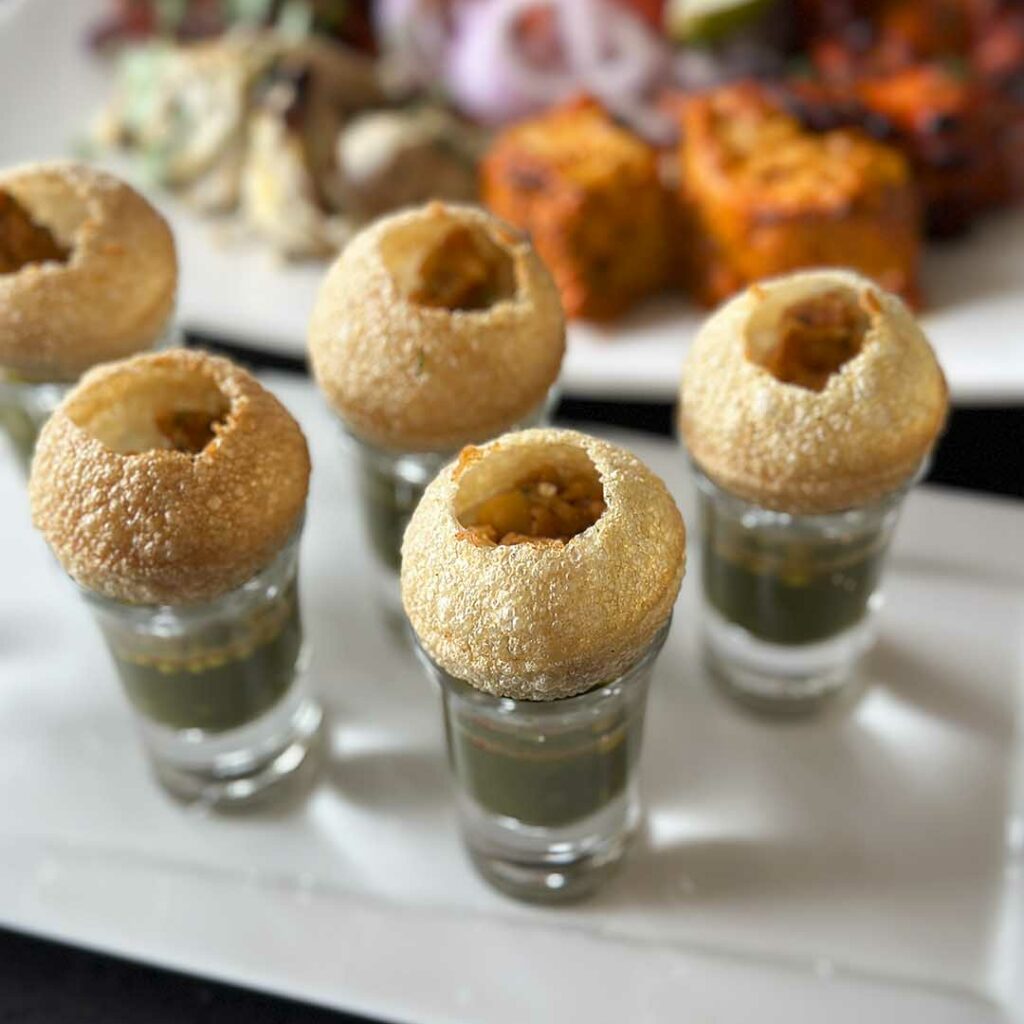

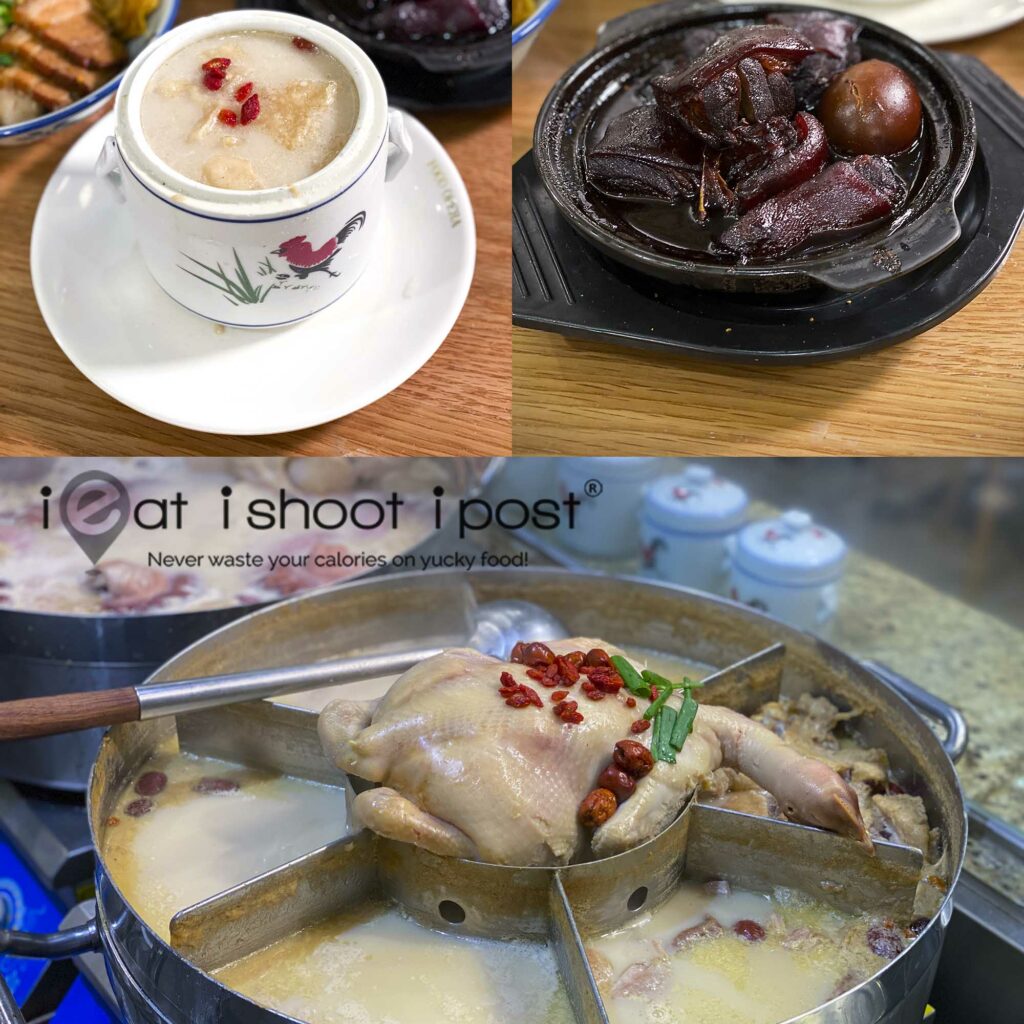
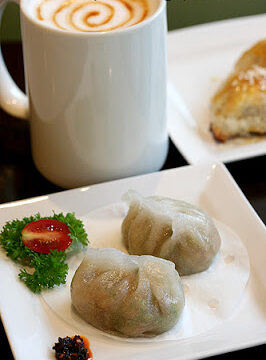




Thanks! Good to see the next gen taking over!